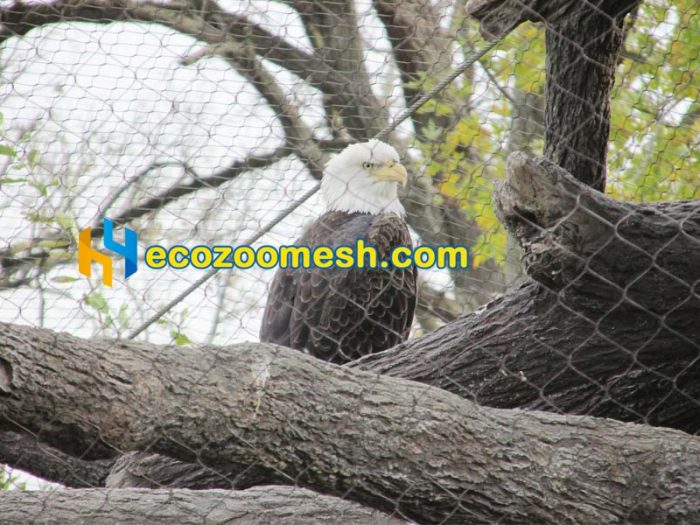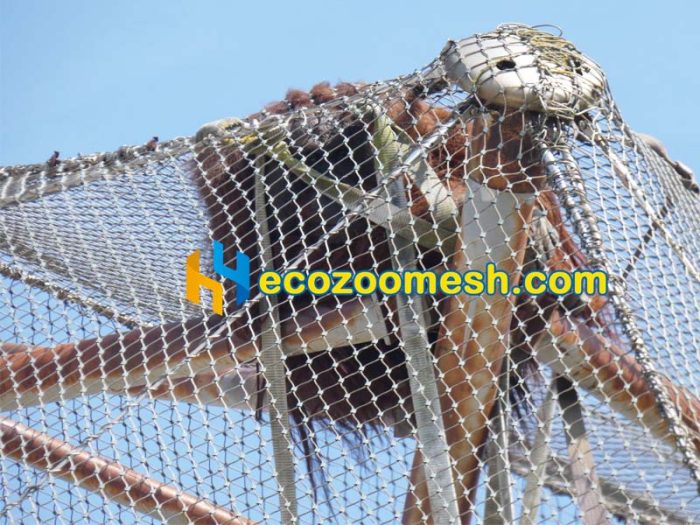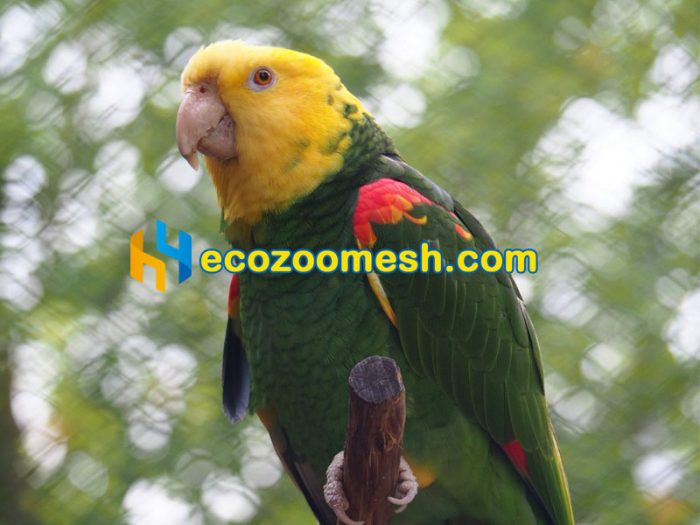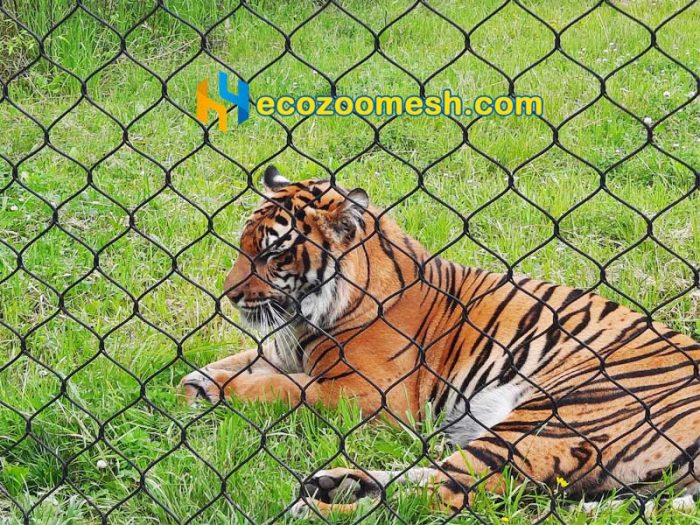Mesh for Gibbon Enclosure

Ferrule Netting for Birds Aviary Sent to Europe
2022-06-09
Wildlife Park Fencing Black Zoo Mesh Order Sent to California, USA
2022-06-23Mesh for Gibbon Enclosure
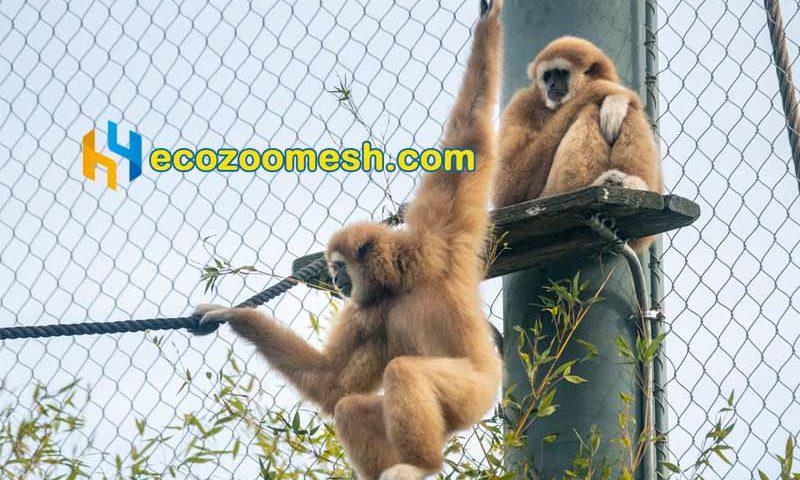
Hengyi Metal Ecological Mesh produces mesh for gibbon enclosure. Gibbons are interesting primates. Many species of gibbons are endangered. For example, the white-handed gibbon. The white-handed gibbon, an endangered primate in the gibbon family, currently has about 15,000 individuals living in the wild.
Lar gibbons are endangered, with current populations in the wild declining. The major threat to them is hunting. They are hunted for both foods and for the illegal pet trade. Another threat they face is deforestation. As well as many other primates.


Mesh for gibbon enclosure help Gibbons
Hengyi Metal Ecological Mesh has supplied wire mesh for gibbon enclosure to the Gibbon Conservation Society and other zoos to ensure the safety of the gibbons during the rescue.
One of the most agile animals on earth, gibbons can easily navigate the trees of Southeast Asia’s forests with their bodies dangling below and arms swinging side by side.
When designing the gibbon zoo exhibition room or other primates enclosures, it is necessary to comprehensively consider their characteristics and reserve sufficient space for activities. And also include natural elements such as trees.
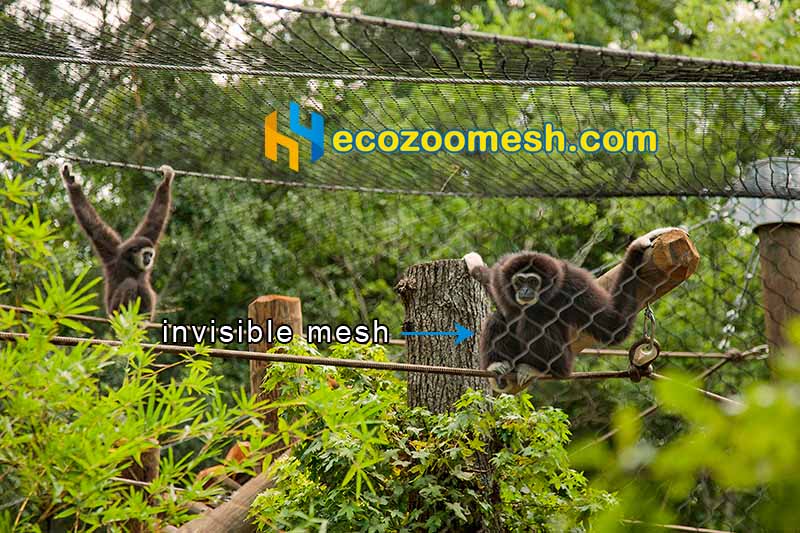

Rotational Exhibit Strategy
To protect the animals and keep the animals in the zoo equally active and curious, some advanced design concepts have been proposed and gradually realized. For example, rotating habitats.
What is a rotational exhibit?
Simply put, it is a simulation of the wild. Wild animals simply don’t follow the predictable schedules we humans like. That’s the inspiration for more modern and future zoo animal exhibits – animals taking turns in and out of different habitat spaces at unpredictable times.
This design helps stimulate animals to smell other animals and explore new areas. Rotating habitats are designed to provide animals with the most natural forest experience possible, meaning some animals can even be grouped together as if they were in the wild.
How to achieve the rotational exhibit?
Achieving a rotating habitat design requires advanced concepts and appropriate material support. We found stainless steel rope nets in a few rotating habitats. It is a safe and invisible material that does not block light and air circulation, which is very suitable for outdoor environments.
304 material and 316 material, anti-rust, anti-corrosion, and stainless steel mesh for gibbon enclosure can be used in various outdoor environments. Provide material support for the design of rotating habitats.
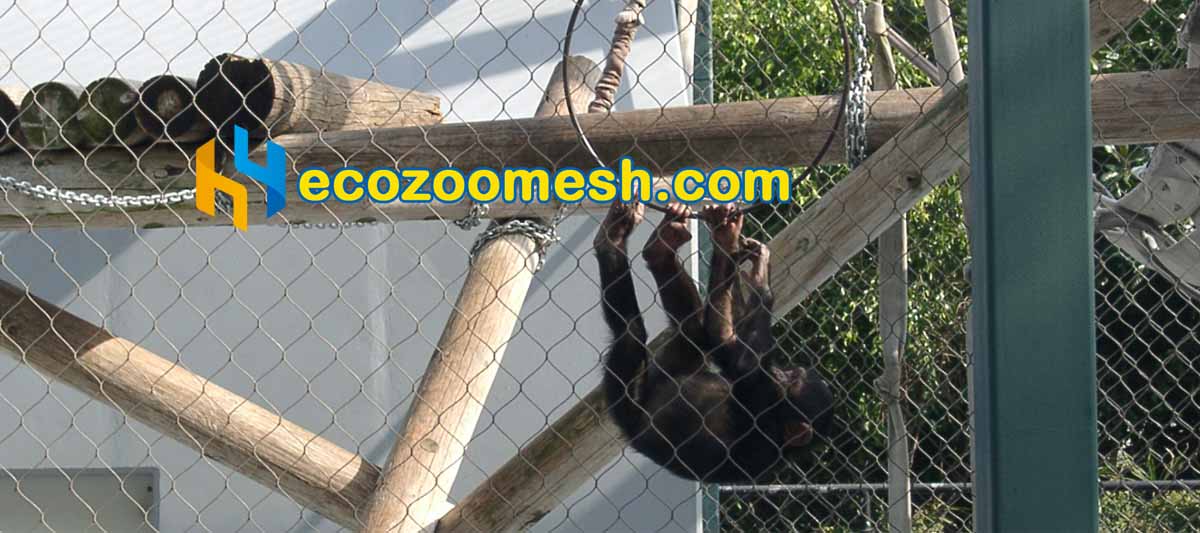
We believe that with the support of technology and stainless steel rope nets, rotating habitats will become more and more common. The species diversity and wild characteristics of animals will be well preserved.
ECO ZOO MESH – Hengyi Metal Ecological Mesh
Email: [email protected]


